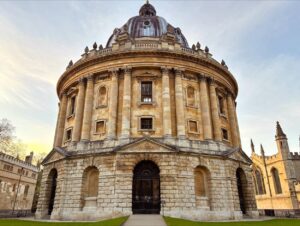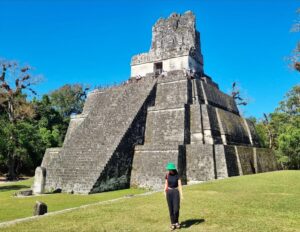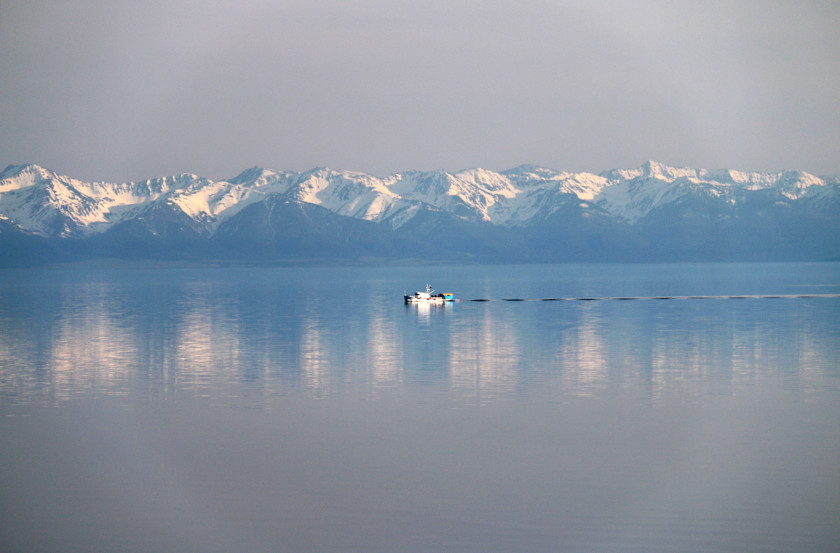
I have this theory that Russia was once a normal-sized country, the same size of, say, France. Then, someone came along and stretched it, both East-West, and North-South, like a giant sheet of pasta dough. You see, travelling across its vast expanse on the fabled Trans-Siberian railway, it seems that all of its natural features got stretched with it – the rivers are wider, the mountain ranges broader, the great ‘Taiga’ forest stretched over the whole of Siberia, and the lakes…well, Siberia is really all about one lake.
Lake Baikal has seemingly been stretched out along its North-South axis. It’s 636km (like London to Frankfurt!) from tip to tip, and a mere 60km wide. From satellite photos, it looks like a giant blue Siberian banana.
World's deepest freshwater Lake
Formed by shifting tectonic plates, it is the world’s deepest freshwater lake – 1637m at its deepest – and stores 1/5th of the world’s fresh water, more than all five of North America’s Great (Great? Ha!) Lakes combined. Baikal is the world’s biggest freshwater lake at least in volume (Africa’s Lake Tanganyika beats it by surface area by a mere 1400km2), but its surface area is approximately 31,500km2, which puts it marginally bigger than the whole sovereign nation of Belgium!
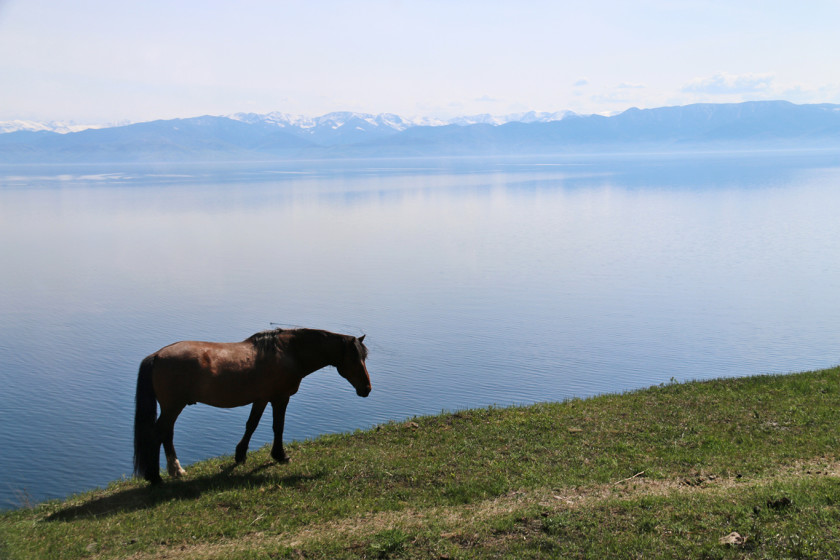
According to Lonely Planet; “…it will eventually become the world’s fifth ocean, splitting the Asian continent.”, although “eventually” should be qualified in geologic time i.e. hundreds of millions of years. The numbers are impressive, true, but it’s difficult to gain an impression of this scale from a human’s feet-on-the-ground perspective. Riding the cirum-Baikal railway from the shoreline village of Slyudyanka on Baikal’s southern tip to the Port of Baikal about 70km eastwards shows little more than a body of water. It is very blue, and calm, though, with horses grazing peacefully on the banks and white-capped mountains in the distance. Such is the freshness and clarity of the water that swimmers have reported that they can see 50m down from the surface.
One oddity that you find on lake Baikal is its own species of seal, the unimaginatively named Baikal seal. The only true freshwater seal in existence, this comical looking thing looks less like a seal than a seal-shaped balloon. How they arrived in the lake is a mystery, being so far from any ocean. Nevertheless, they have been here for an estimated 2 million years, one of Baikal’s first tenants.
Lake Baikal to Irkutsk via Istvyanka
From Port Baikal we took a short ferry ride to Listvyanka on the opposite bank, then took a bus 70m to Irkutsk, the so-called ‘Paris of Siberia’. It’s tempting to scoff at this description. Paris? In Siberia? Ha! One expects it be an ironic label, but then you look at Irkutsk’s history…
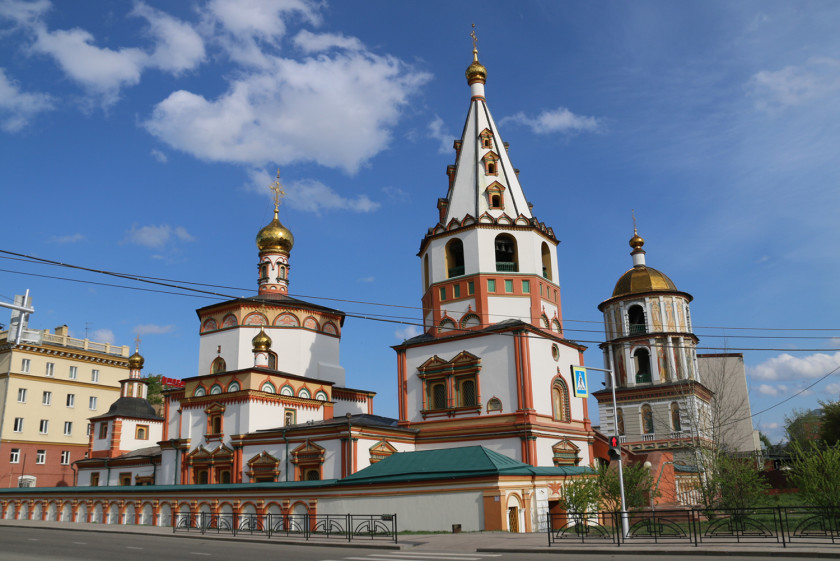
Architecture in Irkutsk
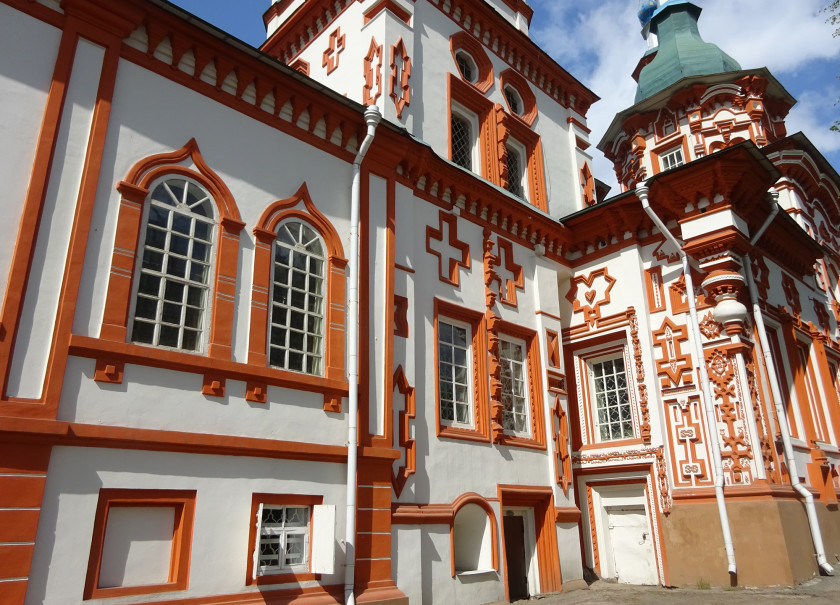
History of Irkutsk
Founded in 1652 as a base from which to collect fur taxes from the indigenous Buryat people (a Mongol subgroup), Irkutsk rapidly became an important trading post – fur and gemstones were traded with China for silk and tea, for example. Furthermore, being located where it is – close to the shores of Lake Baikal in the middle of Russia – it became an import outpost for exploration towards Russia’s east coast, south towards China and north towards Alaska.
So, Irkutsk was already a well-off and commercial centre in December of 1825, when elements of the army and liberal elements decided to try and stage a coup against the then Tsar, Nicholas I. The Decembrists, as they were called, failed in this endeavour and were exiled to Siberia.
Many of these were sentenced to hard labour in the silver mines, yet, importantly for the sobriquet of ‘the Paris of Sibera’, many of their wives went with them. The wives, predominantly, set up many cultural institutions in Irkutsk, such as theatres, hospitals, and schools. This liberal and intellectual style, combined with Irkutsk’s wealth, started to transform the city into very much a western (i.e. Parisian) European style.
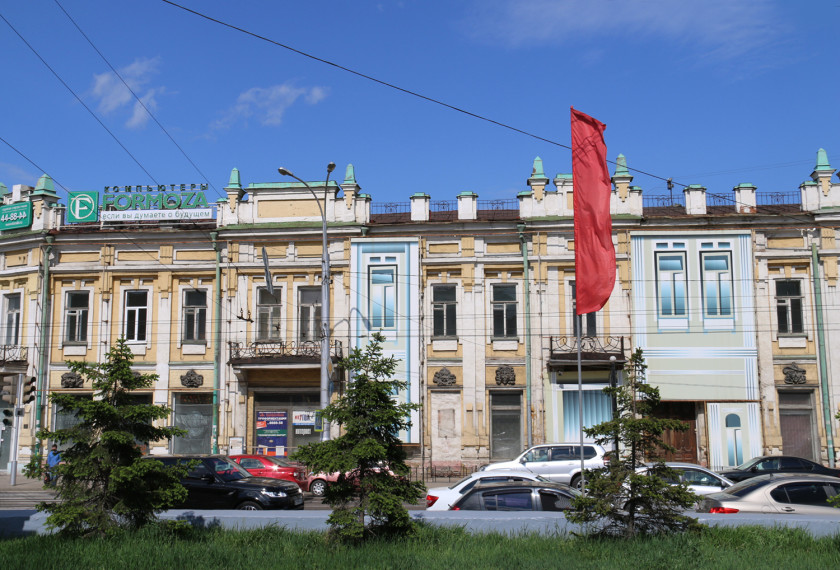
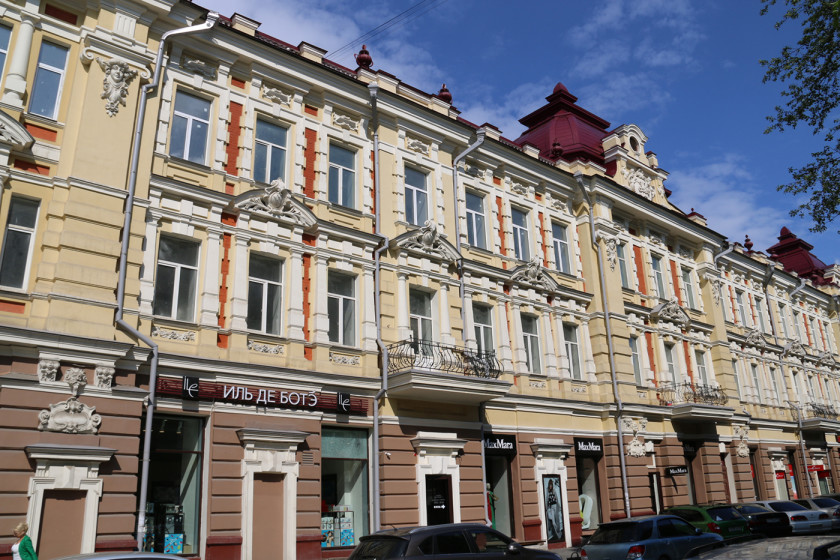
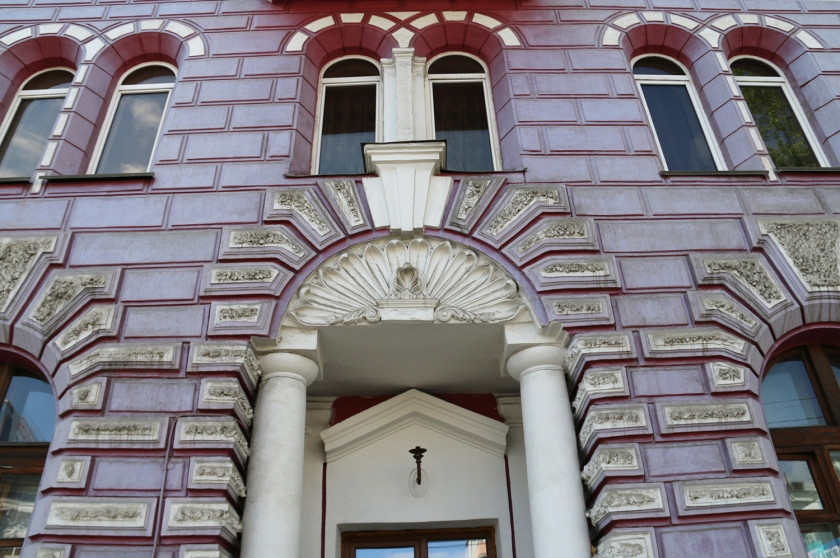
Irkutsk’s development came crashing down in 1879, when a fire destroyed ¾ of the city. However, a gold rush in the 1880’s re-established the city as a flourishing mercantile and cultural centre.
The Russian Revolution of 1917 came a little late to Irkutsk and the city didn’t fall to the Bolsheviks until 1920. Walking around the city now, there is a definite Soviet feel, with the obligatory ‘workers unite’ murals and the statue of Lenin in his typical ‘it’s over there’ pose.
Nevertheless, I found it to have a very traditional heart – many of the stone-built mansions of the 19th century remain, giving it a very ‘arrondissiment’ feel, along with many intricately carved wooden houses in the traditional Siberian style.
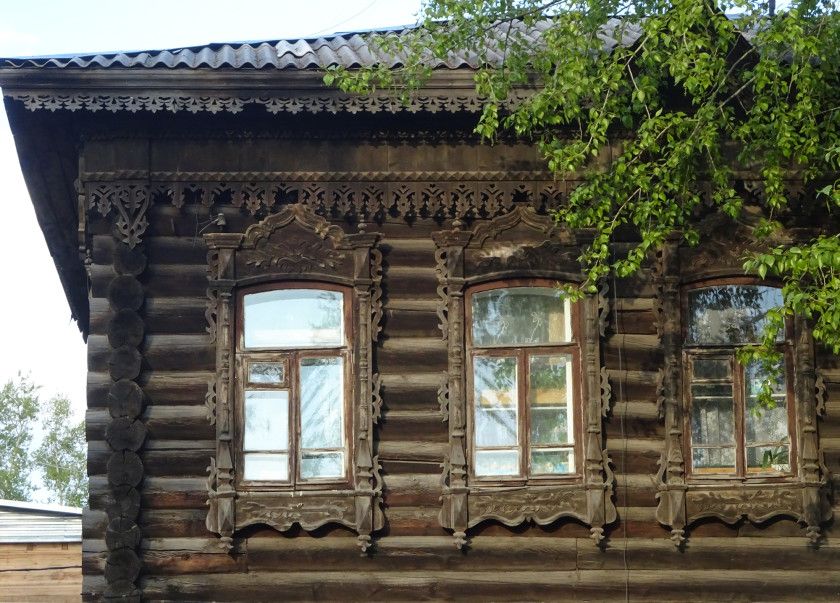
The emblem of Irkutsk needs some explaining. The statue of the ‘Babr’ is a little indistinct in terms of what animal it portrays.
A 19th Century French chronicler, assuming a spelling mistake from the Russian ‘Bobr’ and described as exactly that, a beaver! Clearly, it’s not a beaver, but doesn’t really look like the obvious candidate – the Siberian Tiger – either.
The official line is that it portrays a legendary animal, like a ‘steppe-tiger’. The animal it holds in its mouth is a sable (the English word comes from the Russian, ‘sobol’). All in all, the emblem is indicative of Siberia’s ‘…uniqueness, power and richness’. It is, however, on first sight, quite a strange emblem for a city.
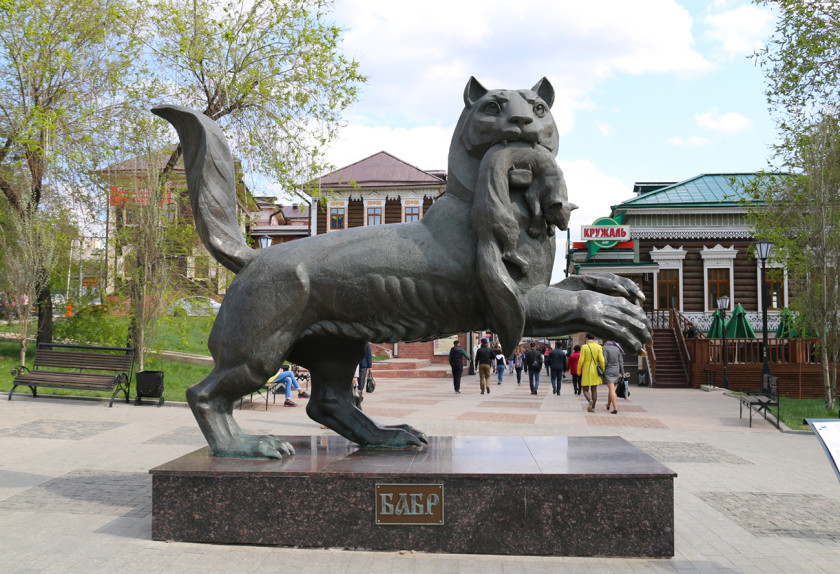
And that is the over-riding impression I had from Baikal and Irkutsk – a place of extraordinary uniqueness, where elemental geography, commercial power and traditional life all come together in a kind of harmony. Baikal and Irkutsk are the most popular stops of the Trans-Siberian, and it’s easy to see why. Like Baikal itself, the region has depth, clarity and a serene magnificence, and it is a place that should truly be experienced once in a travelling life.
About the Author
Rob Howe is originally from the UK and has been living in Spain since 2014. He is a Hispanophile and enjoys writing about his travels. You can also read more of his writings on the The Culture Map here.


